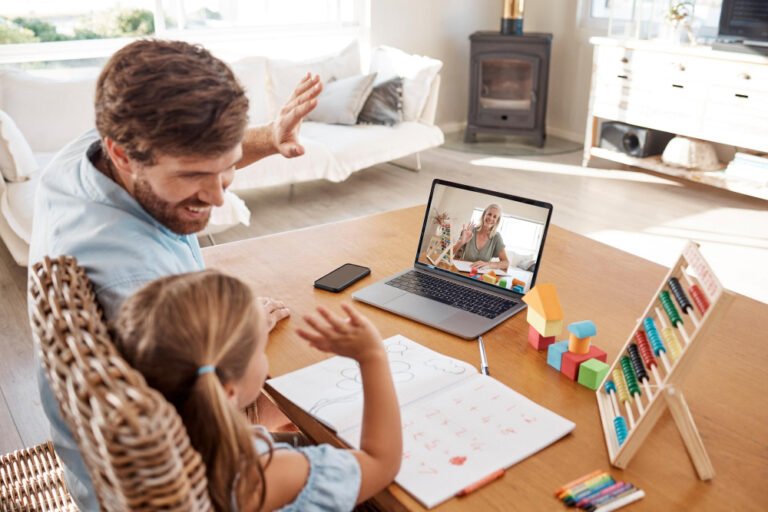Money feels like an adult topic — until you realize your child is already forming beliefs about it. That’s why it’s important to teach kids about money early, using language and examples they can truly understand.
Whether you’re confident with finances or not, you can teach your child healthy money habits in simple, practical ways. No spreadsheets. No lectures. Just real conversations, daily actions, and age-appropriate tools.
📘 Want a fun starting point? Rock, Brock, and the Savings Shock is a kid-friendly story that teaches saving through a simple tale they’ll want to hear again.
In this post, we’ll explore how to build financial wisdom in everyday life — in ways that grow with your child and feel natural in your home.
Why Start Early When Teaching Kids About Money?
Children notice how we use money. They hear “we can’t afford that” or “put it on the card.” They watch what we celebrate, what we avoid, and how we talk about work.
Starting early means:
- Less shame, more understanding
- Fewer surprises later
- More confidence as they grow
Even small conversations today help shape lifelong habits tomorrow.
Core Lessons Kids Can Learn at Home
1. Money Comes From Work
Link money to effort. Let them help with small tasks and “earn” coins they can save or spend.
2. Not All Money Is for Spending
Introduce simple categories: give, save, spend. Use three jars or envelopes to make it visible.
3. Saving Takes Time — And That’s Okay
Use a calendar or sticker chart to show how saving adds up. Help them set a goal and track it visually.
Tools That Make Money Learning Fun
Make it tactile. Let them hold, sort, and organize real or play money.
Try these:
- 💵 Learning Resources Pretend & Play Checkbook – Practice writing checks and tracking balance
- 🐷 Moonjar Classic Moneybox – A divided jar to teach save/spend/share
- 📘 Rock, Brock, and the Savings Shock – Story-based financial literacy
- 🎲 Bank Account Money Game – Kids will learn how to write checks, balance checkbooks and handle cash as they encounter realistic life events
- 🛒 Pretend Money and Coin Set – Hands-on counting and math
These tools help money feel real — not mysterious.
Real-Life Moments That Teach About Money
Money conversations don’t need to be formal. They happen in:
- Grocery store aisles: “Let’s compare prices.”
- At birthdays: “What could you do with that gift money?”
- On family outings: “How do we decide what to spend on?”
Each situation is a chance to guide with calm curiosity.
Emotional Safety Around Money
Kids absorb how we feel about money, not just what we say. If we stress, they sense it. If we avoid it, they stay confused.
Instead:
- Be honest without overloading: “We’re saving for something important.”
- Avoid guilt language: “Money doesn’t grow on trees!”
- Celebrate progress: “You waited to buy this — that shows patience.”
Encourage mistakes as part of learning.
What Lasts Longer Than Allowance
Teaching kids about money isn’t about numbers — it’s about mindset. By weaving simple financial lessons into everyday life, parents help children build trust, patience, and confidence. The goal isn’t to raise financial experts, but to raise curious thinkers who feel safe exploring, trying, and learning about value.
When money becomes part of natural conversation — not silence or stress — it becomes a tool for life, not a source of fear.







2 Responses